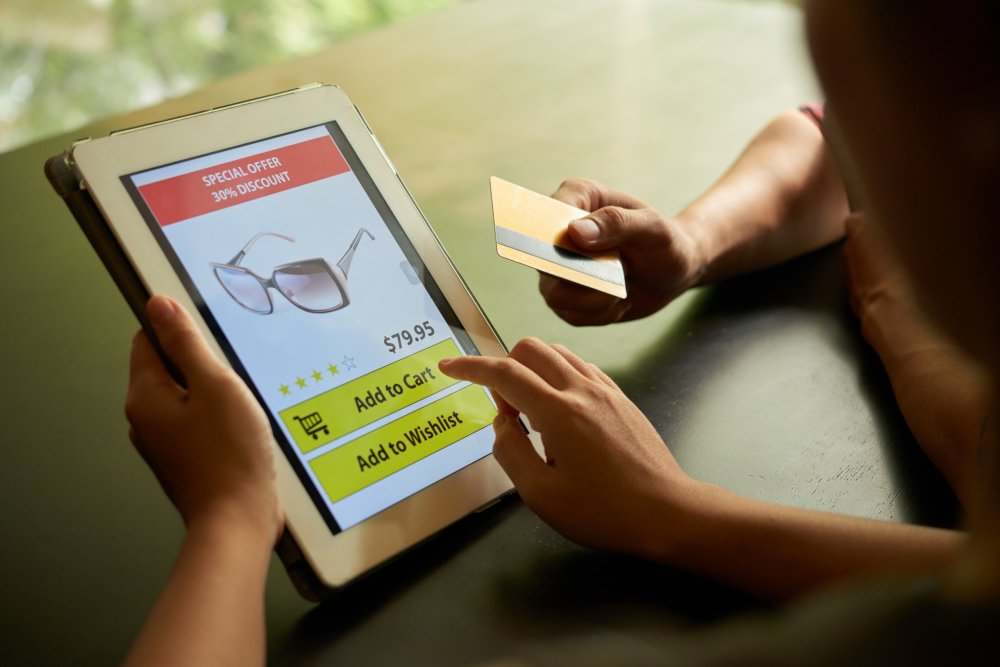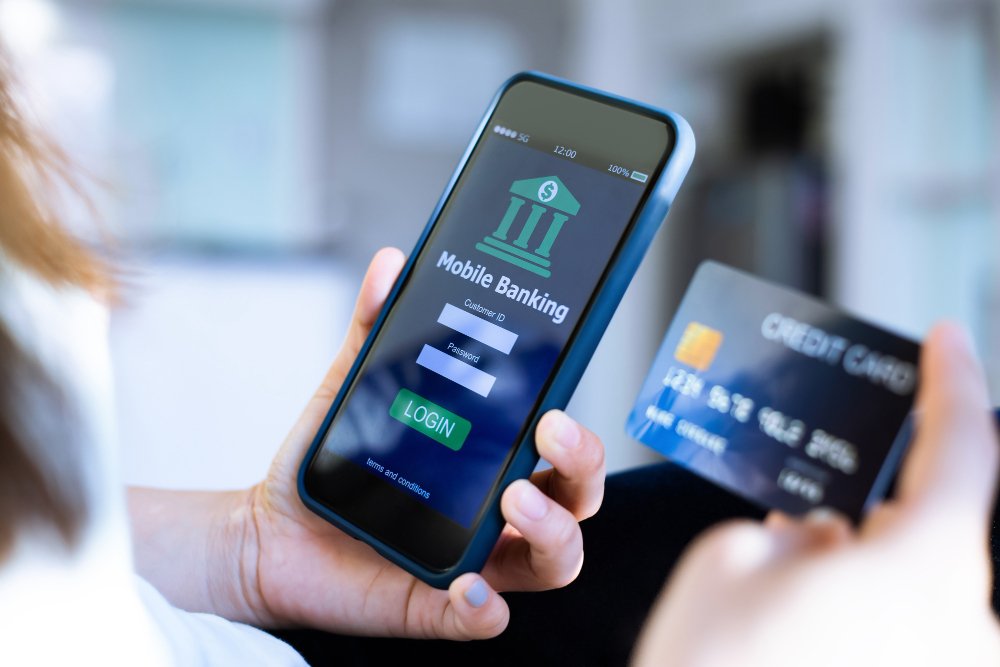Trends in Payments Technology in 2021
The trends of the payment ecosystem have changed rapidly in the last few decades. From cash payment to check payment, now we are on the brink of digital payment systems. The alternative payment industry is gradually accelerating its growth and e-wallets and other alternative payment mechanisms are going to represent the future of the payment ecosystem in 2021.
New technology trends, changes in customer behavior, competition from new digital entrants, and regulatory initiatives herald tomorrow’s payments landscape. Furthermore, the ongoing pandemic is forcing players in an already transitioning industry to revisit their business fundamentals. Banks, card firms, payment service providers, and other payments firms that master in their technology game will be the winners in the emergent new payments ecosystem.
Top trends in Payments: 2020 highlighted the payments industry’s flux driven by new trends in technology adoption, innovative solutions, and changing consumer behavior. The pandemic has tested the digital mastery of players, who are already grappling with transition. Non-cash transactions are on a robust growth path, accelerated by increased adoption during COVID-19. Regulators are working to instill trust and address non-cash payments risk amid unparalleled growth as players collaborate to quell uncertainty
Here are some of the payment trends which are going to revolutionize the payment industry in 2021 and beyond.
1. Cloud is going to influence the 2021 payment industry
Cloud technology is going to have a positive impact on payment trends. Maybe cloud technology is going to solve the problem of late payments that was the constant problem in the business sector.
With the cloud computing system, you can be free from problems like late payments.
Late payments are the biggest challenges and the most irritating things to experience for a business. This, in turn, impacts your business operations. Cloud technology uses a network of remote servers that are hosted on the internet. These servers store and manage the payment data rather than a local server. By leveraging the benefits of cloud computing like flexibility, faster cash flow, automation, and high security, your business can upgrade your existing payment system and get rid of the perils of late payments. Some more benefits of using cloud-based payments are cost-effectiveness, feasibility, reliability, and boost higher productivity.
A cloud-based ERP accounting solution provides flexibility with accessing the financial data securely and effectively on the go. This saves a lot of effort and time. Also, you don’t have to manually track the invoices. Cloud helps in promoting automation reducing manual processes and human errors.
With cloud computing, in addition to e-invoicing and automated payments, the payments can be received and sent within a single click, saving your relationships with the customers.
Automation helps to have more transparency and visibility in all the transactions that are carried out by your customers. Your customers are notified in real-time ensuring their numbers are spot-on, thus, dissolving any chances of disputes.
Security has been the concern always when it comes to payments. Cloud offers encryption services for highly sensitive payment and other financial data of the customers. Moreover, cloud vendors offer a sizable amount of resources for security concerns. The data encryption process is tedious as the data is encoded and transformed before moving onto the cloud.
2. Cashless payments will dominate the payment market of 2021
The coronavirus pandemic has turned people dependent on the cashless payment system. Various businesses too have gained profit from the cashless payment system as there is no need for an intermediary in the cashless payment system.
The mobile payment or e-wallet has dominated the market during the corona period. Service-focused companies like restaurants and online-based companies have hugely benefited and are going to earn benefits from the mobile payment and e-wallet system in the next few years.
Businesses have made mobile payments as a mandate to pace up with the technology outburst in this situation. Merchants who are still reluctant to adopt mobile payments will experience the downfall in this situation where the future is robust with mobile payments.
2021 will see a drastic adoption of mobile payments like Samsung Pay, Google Pay, and Apple Pay by integrating various payment providers that would support various equipment and systems for facilitating mobile payments.
So, like 2020, the cashless payment system will continue to dominate the payment market in 2021.
3. The real-time payment system is gaining popularity among the customers/Real-time payments, the new game-changer
Consumers are gradually falling in love with the real-time payment system due to its speed, accuracy, and security.A real-time payment system has services like e-invoicing, bill payment, claim settlement to support the business firms.
A real-time payment system gives real-time notification for every transaction. For example, you will receive messages like invoices with payments, confirmation messages, requests for payments, and other attractive features.The real-time payment system is a simple operating system and you can remain assured of transparency at the time of transaction with the other party.
The real-time payment system obeys the rule set up by the CFPB (Consumer Financial Protection Bureau) to ensure a faster payment process for the consumers. So, in 2021 you can depend on the real-time payment system as a faithful alternative payment method.
This new buzzword in the payment world is gaining limelight due to its capability of providing speed, convenience, and security. RTP is widely implemented and adorned by the customers globally.
In addition to these features, RTP has loads to offer. It has in-built smart and fast features like seamlessly working in the background, support to all the financial services, especially the customer-facing systems like utility payments, in-app shopping, P2P payments, split bills, and cash management.
RTP in businesses plays a major role as it offers services like e-invoicing, bill pay, claim settlement and payments, insurance services, and so on.
RTP has a lot to offer businesses and banks as it has the potential to revamp the payment ecosystem with its innovative and seamless payment solutions.
4. The Business to Business Payment (B2B) system is the future of payment trends with an easy-to-operate payment system
For the last few years, customers are getting used to a quick and easy-to-operate payment system. The B2B payment system is the perfect example of an easy-to-operate payment system.The Business to Business Payment system (B2B) is fulfilling the demands of corporate clients of a personalized, customized, and quick payment system.
The B2B payment system will provide you facilities like integrating digital payments, digitizing payment scheduling, invoicing, etc. The B2B or Business to Business Payment system is a transparent system on which you can depend to serve your consumers.
That is why the B2B payment system is going to be one of the dependable payment trends of 2021. Due to the rapid digitization of the payment industry, the use of innovative and cutting-edge technologies is providing customers with greater accessibility to all the necessary things in everyday lives. Therefore, customers expect to have instant access to financial services as well. FinTechs are determined to transform the current financial market scenario by disrupting the traditional methodologies and capitalizing on the increasing accessibility to all the fintech services in digital.
Since customers are making a habit of faster and convenient payment processes, they are now expecting the same level of service from the B2B payments and transaction banking. Customers are heavily demanding for personalization, customization, and speed forcing the payment ecosystem for reconstruction for the corporate world. This has been gaining all the limelight due to the continuous increase for corporate loans in addition to the ease in credit underwriting standards.
The payment landscape is witnessing a remodeling due to ever-increasing customer demands and expectations that are intensifying the global competition. To survive in such an intense scenario, automating the existing process won’t land you to a safer place.
So what B2B companies have to do?
B2B companies are supposed to integrate finance into their own payment systems, influencing B2B buyers to establish relationships totally with the business that offers such an environment. In 2021, capitalizing the trends of investing in innovations to change the way they function, will prove a definite pay off and help you stay ahead in the competition. This can be achieved by integrating digital payments, digitizing the processes for streamlining the operations like payment scheduling, invoicing, and so on, and providing complete visibility of the transactions. Prior to this, B2B businesses should evaluate the impact of integration on their businesses as it involves a lot of technological innovations resulting in wider consumer adoption.
5. Unified commerce is going to be the innovative payment trend in 2021
Unified commerce can build a unified communication system between various platforms. You will get a centralized database system that will help you to reduce the errors. With unified commerce, you will get an uninterrupted e-commerce payment system as well. So, you can enhance your operability with the unified commerce system.
There are reasons that you are going to be impressed by the effectiveness of unified commerce. You will get features like financial management system, point-of-sale (POS) capabilities, order fulfillment, inventory and catalog management, CRM (Customer Relationship Management), etc. With so many attractive features, the unified commerce system is already popular and going to be more popular in 2021.
These are the 5 popular payment trends that are going to shape the payment ecosystem in 2021. To offer a better customer experience, reduced operational costs, and zero duplication, integrating all sales channels is the next logical step to enhance efficiency in this digital transformation around the globe.
Unified commerce offers an exclusive online experience of eCommerce, M-commerce, customer relationship management (CRM), inventory management, catalog management, order fulfillment, point-of-sales capabilities (POS), and financial management all under a single roof. Unified commerce is beyond omnichannel capabilities and leveraging the benefits of a common, centralized commerce platform for supporting your business growth.
Unified commerce provides seamless communication between multiple platforms, reduced integration costs, centralized database reducing errors, enhanced accessibility and operability, simplified onboarding, seamless eCommerce payments, and real-time visibility with accuracy.
2021 is all about how payment innovation will help businesses to centralize their sales with unified commerce and secure payment data in multi-channel mode.
Final words
It has become a necessity to invest in the new technology or upgrade your old systems to keep up the pace with the ever-increasing demands of the customers for a fast, secure, reliable, and feasible payment system. If your organization is finding it difficult to invest, find the best fintech development company that would lend you a helping hand in this case by partnering with your organization. Consumers are smart enough to turn a blind eye towards an outdated and inefficient payment system. This will further hamper the customer engagement ratio in 2021 as it would cause a lot of friction due to the pandemic.
The organizations need to focus on fundamentals like redesigning or designing organizations, processes, and technologies that cover the payment strategy and higher customer engagement ratio. It is expected that the organizations should continue to plan, budget, and build their digital and physical infrastructure while maintaining compliance with standards and regulations.
2021 has a lot to offer in the payment ecosystem. Businesses have to gear up to get ahead of the curve by offering seamless, global, agile, and secure payment systems. Around 2021, organizations need to develop strategies that bets on the forward-thinking of the organizations to survive and thrive in this extremely competitive payment scenario.
Virtual Pay applies innovative technology and out of the box thinking as we serve all our merchants. We welcome merchants of all shapes and sizes, operating in a wide range of industries. Virtual Pay’s fundamental objective is to continue to drive growth for your business by creating tomorrow’s payment technology, solutions and products to modernize payments as well as offer future-proof solutions and help drive efficiencies.






